Growing peanuts at home might sound like a whimsical dream reserved for sprawling farms, but I’m here to tell you it’s totally achievable, even in a small garden or on a sunny balcony! Forget trekking to the store for that peanut butter fix; imagine harvesting your very own homegrown peanuts, bursting with fresh, earthy flavor.
For centuries, peanuts have been a staple crop, deeply woven into the culinary traditions of cultures around the globe. Originating in South America, these humble legumes have journeyed across continents, becoming a beloved snack and a crucial ingredient in countless dishes. But what if you could connect with this rich history by cultivating your own peanut patch?
In today’s world, where we’re increasingly conscious of where our food comes from, growing peanuts at home offers a fantastic opportunity to reconnect with nature and enjoy the fruits (or rather, the nuts!) of your labor. Plus, let’s be honest, who wouldn’t want to impress their friends and family with the ability to grow their own peanuts? This DIY guide will walk you through every step, from selecting the right seeds to harvesting your bountiful crop. Get ready to dig in and discover the surprisingly simple secrets to growing your own delicious peanuts!
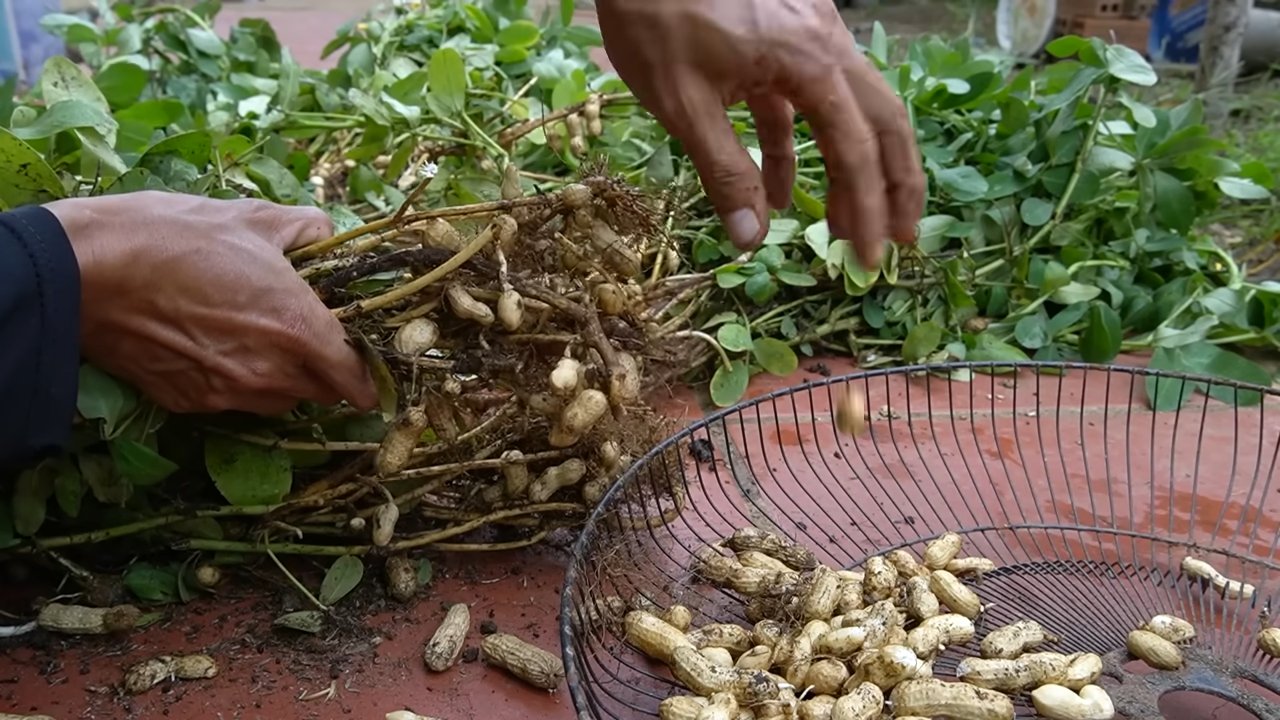
Growing Peanuts at Home: A Beginner’s Guide
Hey there, fellow gardening enthusiasts! Ever thought about growing your own peanuts? It might sound a little crazy, especially if you don’t live in the Deep South, but trust me, it’s totally doable and incredibly rewarding. There’s nothing quite like digging up your own homegrown peanuts and roasting them for a delicious snack. I’m going to walk you through everything you need to know to successfully grow peanuts in your own backyard (or even in containers!).
What You’ll Need
Before we dive into the nitty-gritty, let’s gather our supplies. Here’s a list of everything you’ll need to get started:
- Peanut Seeds: You can’t just use any old peanuts from the grocery store! You need raw, unroasted peanuts specifically sold for planting. Look for varieties like ‘Virginia’, ‘Spanish’, or ‘Valencia’. I’ve had good luck ordering online from reputable seed companies.
- Well-Draining Soil: Peanuts thrive in loose, sandy loam soil. If your soil is heavy clay, you’ll need to amend it with compost, peat moss, or sand to improve drainage.
- Sunny Location: Peanuts need at least 6-8 hours of direct sunlight per day. Choose a spot in your garden that gets plenty of sunshine.
- Gardening Gloves: Protect your hands!
- Shovel or Garden Fork: For preparing the soil and digging up the peanuts.
- Watering Can or Hose: To keep your peanut plants well-hydrated.
- Optional:
- Compost or Aged Manure: To enrich the soil.
- Peat Moss or Coco Coir: To improve soil drainage.
- Row Covers: To protect young plants from frost or pests.
- Fertilizer (Optional): A balanced fertilizer can help boost growth, but it’s not always necessary.
Preparing the Soil
Peanuts are pretty particular about their soil. They need it to be loose and well-draining so the “pegs” (the stems that develop into peanuts) can easily penetrate the ground. Here’s how I prepare my soil:
- Clear the Area: Remove any weeds, rocks, or debris from the planting area.
- Loosen the Soil: Use a shovel or garden fork to loosen the soil to a depth of at least 12 inches. This is crucial for good drainage and root development.
- Amend the Soil (if necessary): If your soil is heavy clay or compacted, amend it with compost, peat moss, or sand. I usually add a generous amount of compost to improve fertility and drainage. Mix it in thoroughly with the existing soil.
- Level the Soil: Rake the soil smooth to create a level planting surface.
Planting the Peanut Seeds
Now for the fun part – planting the seeds! Here’s my step-by-step guide:
- Soak the Seeds (Optional): Soaking the peanut seeds in water for a few hours before planting can help speed up germination. I usually soak them overnight.
- Planting Time: Wait until the soil has warmed up to at least 65°F (18°C) before planting. This is usually a couple of weeks after the last frost in your area.
- Spacing: Plant the peanut seeds about 1-2 inches deep and 6-8 inches apart in rows that are 2-3 feet apart. This gives the plants enough room to spread out.
- Cover the Seeds: Gently cover the seeds with soil and pat it down lightly.
- Water Thoroughly: Water the planting area thoroughly to moisten the soil.
Caring for Your Peanut Plants
Once your peanut plants are in the ground, it’s important to provide them with the right care to ensure a successful harvest.
Watering
Peanuts need consistent moisture, especially during flowering and pegging (when the pegs start to grow down into the soil). Water deeply whenever the top inch of soil feels dry. Avoid overwatering, as this can lead to fungal diseases. I usually water my peanut plants 2-3 times a week, depending on the weather.
Weeding
Keep the planting area free of weeds, as they can compete with the peanut plants for nutrients and water. Hand-pull weeds regularly or use a hoe to cultivate the soil around the plants. Be careful not to damage the peanut plants’ roots.
Fertilizing (Optional)
Peanuts are legumes, which means they can fix nitrogen from the air, so they don’t usually need a lot of fertilizer. However, if your soil is poor, you can apply a balanced fertilizer (e.g., 10-10-10) at planting time and again when the plants start to flower. Follow the instructions on the fertilizer package. I personally prefer to use compost tea as a natural fertilizer.
Hilling
As the peanut plants grow, you may need to “hill” the soil around the base of the plants. This helps to support the plants and encourages the pegs to penetrate the soil. Simply mound soil around the base of the plants, being careful not to bury the leaves.
Pest and Disease Control
Peanuts are generally resistant to pests and diseases, but they can be susceptible to certain problems, such as aphids, spider mites, and fungal diseases. Inspect your plants regularly for signs of pests or diseases. If you find any problems, treat them promptly with an appropriate insecticide or fungicide. I prefer to use organic pest control methods whenever possible, such as insecticidal soap or neem oil.
Harvesting Your Peanuts
This is the moment you’ve been waiting for! Harvesting peanuts is a bit of an art, but it’s also incredibly satisfying.
- Timing: Peanuts are usually ready to harvest about 120-150 days after planting, depending on the variety. A good indicator that they’re ready is when the leaves start to turn yellow and the plants begin to die back.
- Digging: Use a shovel or garden fork to carefully dig up the peanut plants. Be gentle, as you don’t want to damage the peanuts.
- Shaking: Shake off as much soil as possible from the peanut plants.
- Curing: Hang the peanut plants upside down in a well-ventilated area for 2-4 weeks to cure. This allows the peanuts to dry out and develop their flavor. I usually hang them in my garage.
- Threshing: Once the peanuts are cured, you can remove them from the plants. This is called threshing. You can do this by hand or by using a threshing machine (if you have one).
- Drying: After threshing, dry the peanuts in a single layer on a screen or tray for a few days to ensure they are completely dry.
Roasting Your Homegrown Peanuts
Now for the best part – roasting your homegrown peanuts! Here’s how I do it:
- Preheat Oven: Preheat your oven to 350°F (175°C).
- Prepare Peanuts: Spread the dried peanuts in a single layer on a baking sheet.
- Roast: Roast the peanuts for 20-25 minutes, or until they are golden brown and fragrant. Stir them occasionally to ensure they roast evenly.
- Cool: Remove the peanuts from the oven and let them cool completely.
- Enjoy: Enjoy your delicious, homegrown roasted peanuts! You can eat them plain, add them to trail mix, or use them in your favorite recipes.
Troubleshooting
Even with the best planning, things can sometimes go wrong. Here are a few common problems you might encounter when growing peanuts and how to fix them:
- Poor Germination: If your peanut seeds don’t germinate, it could be due to several factors, such as cold soil, poor-quality seeds, or overwatering. Make sure the soil is warm enough before planting, use fresh seeds, and avoid overwatering.
- Yellowing Leaves: Yellowing leaves can be a sign of nutrient deficiency, overwatering, or disease. Check the soil pH and nutrient levels, adjust your watering schedule, and treat any diseases promptly.
- Small Peanuts: Small peanuts can be caused by poor soil, insufficient water, or a short growing season. Amend the soil with compost, water regularly, and choose a peanut variety that is well-suited to your climate.
- Pest Problems: If you have pest problems, such as aphids or spider mites, treat them with an appropriate insecticide or organic pest control method.
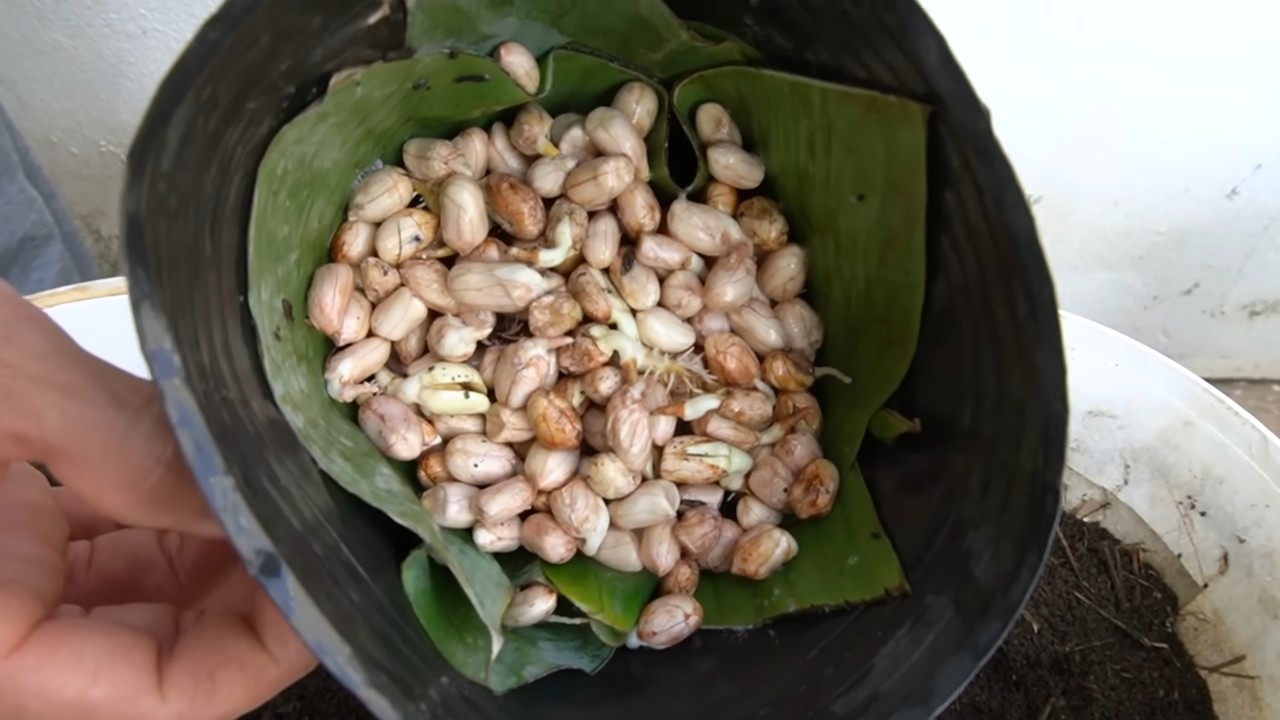
Conclusion
So, there you have it! Growing peanuts at home is not only achievable, but it’s also a deeply rewarding experience that connects you to the origins of your food. Forget the store-bought varieties for a moment and imagine the satisfaction of harvesting your own homegrown peanuts, bursting with fresh, nutty flavor. This DIY project transforms your garden into a source of delicious and healthy snacks, and it’s a fantastic way to get kids involved in the growing process, teaching them about plant life cycles and the importance of sustainable food practices.
Why is this a must-try? Because it’s more than just growing peanuts; it’s about cultivating a connection to nature, reducing your reliance on commercially produced foods, and enjoying the unparalleled taste of freshly harvested produce. Plus, it’s surprisingly easy! With just a few simple steps and a little patience, you can transform a small patch of your garden into a peanut paradise.
Looking for variations? Consider experimenting with different peanut varieties. Virginia peanuts are known for their large size and are great for roasting, while Spanish peanuts are smaller and sweeter, perfect for peanut butter. Runner peanuts are another popular choice, offering a good balance of flavor and yield. You can also try growing peanuts in containers if you have limited garden space. Just ensure the container is large enough to accommodate the plant’s root system and provides adequate drainage. Another fun variation is to try growing peanuts in raised beds. This can improve drainage and soil quality, leading to even better yields.
Don’t be intimidated by the thought of growing your own peanuts. It’s a fun, educational, and ultimately delicious project that anyone can undertake. We encourage you to give this DIY trick a try and experience the joy of harvesting your own homegrown goodness.
But the real magic happens when you share your experience! We want to hear about your peanut-growing adventures. Did you encounter any challenges? What varieties did you try? What delicious recipes did you create with your homegrown peanuts? Share your tips, tricks, and triumphs in the comments below. Let’s build a community of peanut-growing enthusiasts and inspire others to embark on this rewarding journey. Your insights could be invaluable to someone just starting out. So, get planting, get growing, and get sharing! Let’s spread the peanut-growing love!
Frequently Asked Questions (FAQ)
What kind of soil is best for growing peanuts?
Peanuts thrive in well-drained, sandy loam soil. This type of soil allows for proper root development and prevents waterlogging, which can lead to fungal diseases. The ideal pH level is between 6.0 and 6.5. If your soil is heavy clay, amend it with organic matter like compost or well-rotted manure to improve drainage and aeration. Avoid soils that are excessively rocky or compacted, as these can hinder the development of the peanut pods. Before planting, consider getting a soil test to determine its nutrient content and pH level. This will help you identify any deficiencies and amend the soil accordingly. Adding gypsum can also be beneficial, as it provides calcium, which is essential for peanut pod development.
How much sunlight do peanuts need?
Peanuts require at least 6-8 hours of direct sunlight per day to thrive. Sunlight is crucial for photosynthesis, the process by which plants convert light energy into chemical energy for growth. Choose a planting location that receives ample sunlight throughout the day. If you live in an area with limited sunlight, consider using grow lights to supplement natural light. Insufficient sunlight can lead to stunted growth, reduced yields, and increased susceptibility to diseases. Monitor your plants regularly to ensure they are receiving enough sunlight. If you notice them becoming leggy or pale, it could be a sign that they need more light.
How often should I water my peanut plants?
Peanuts need consistent moisture, especially during the flowering and pod development stages. Water deeply and regularly, aiming for about 1 inch of water per week. Avoid overwatering, as this can lead to root rot and other fungal diseases. The best time to water is in the morning, allowing the foliage to dry before nightfall. Use a soaker hose or drip irrigation to deliver water directly to the roots, minimizing water loss through evaporation and reducing the risk of foliar diseases. Check the soil moisture regularly by inserting your finger about an inch deep. If the soil feels dry, it’s time to water. During periods of heavy rainfall, you may need to reduce or suspend watering to prevent waterlogging.
When is the best time to plant peanuts?
The best time to plant peanuts is after the last frost, when the soil temperature has warmed to at least 65°F (18°C). Peanuts are warm-season crops and are sensitive to frost. Planting too early can result in poor germination and stunted growth. In most regions, this is typically in late spring or early summer. Check your local weather forecast to ensure there is no risk of frost before planting. You can also start peanut seeds indoors 4-6 weeks before the last frost and transplant them outdoors once the weather has warmed up. This can give you a head start on the growing season.
How long does it take for peanuts to mature?
Peanuts typically take 120-150 days to mature, depending on the variety and growing conditions. The exact time will vary depending on the specific peanut variety you are growing and your local climate. Monitor your plants closely for signs of maturity, such as yellowing leaves and hardening pods. To check for maturity, dig up a few plants and examine the pods. The inside of the pods should be dark and the kernels should be plump and well-formed. If the pods are still white or pale, they are not yet mature. Be patient and allow the peanuts to fully mature before harvesting for the best flavor and yield.
How do I harvest peanuts?
Harvest peanuts when the leaves begin to yellow and the pods are mature. Use a garden fork or shovel to carefully lift the entire plant from the ground. Shake off any excess soil and hang the plants upside down in a well-ventilated area to dry for 2-3 weeks. This curing process allows the peanuts to dry properly and develop their full flavor. Once the plants are dry, you can remove the peanuts from the vines. Store the peanuts in a cool, dry place in airtight containers.
Can I grow peanuts in containers?
Yes, you can grow peanuts in containers, but you’ll need a large container with good drainage. Choose a container that is at least 18 inches in diameter and 12 inches deep. Fill the container with well-draining potting mix and plant 2-3 peanut seeds per container. Water regularly and fertilize every few weeks with a balanced fertilizer. Place the container in a sunny location that receives at least 6-8 hours of direct sunlight per day. Container-grown peanuts may require more frequent watering than those grown in the ground, as the soil in containers tends to dry out more quickly.
What are some common pests and diseases that affect peanuts?
Some common pests that affect peanuts include aphids, spider mites, and leafhoppers. These pests can damage the foliage and reduce yields. Control pests by using insecticidal soap or neem oil. Common diseases that affect peanuts include leaf spot, rust, and white mold. These diseases can cause leaf damage, pod rot, and plant death. Prevent diseases by providing good air circulation, avoiding overwatering, and using disease-resistant varieties. If diseases occur, treat them with appropriate fungicides. Regularly inspect your plants for signs of pests and diseases and take action promptly to prevent them from spreading.
How do I store my harvested peanuts?
After harvesting and drying your peanuts, store them in a cool, dry place in airtight containers. This will help prevent them from becoming moldy or rancid. You can store peanuts in the shell or shelled. Shelled peanuts will last longer if stored in the freezer. Properly stored peanuts can last for several months. Avoid storing peanuts in humid or warm environments, as this can accelerate spoilage.
Can I make peanut butter from my homegrown peanuts?
Absolutely! Making peanut butter from your homegrown peanuts is a delicious and rewarding way to enjoy your harvest. Simply roast the peanuts in the oven until they are lightly browned and fragrant. Then, grind them in a food processor until they form a smooth paste. You can add salt, sugar, or other flavorings to taste. Homemade peanut butter is fresher and more flavorful than store-bought varieties.

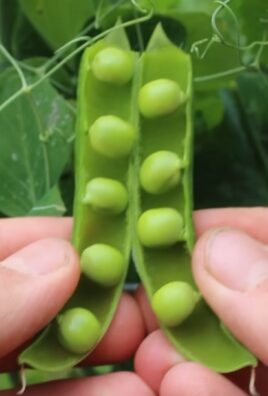
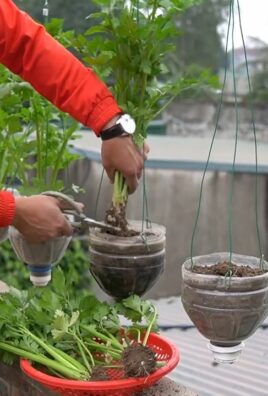
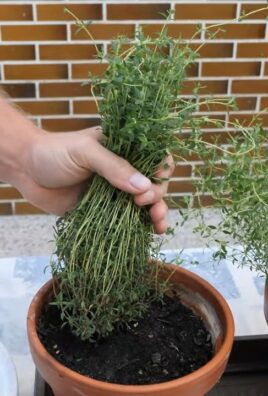
Leave a Comment